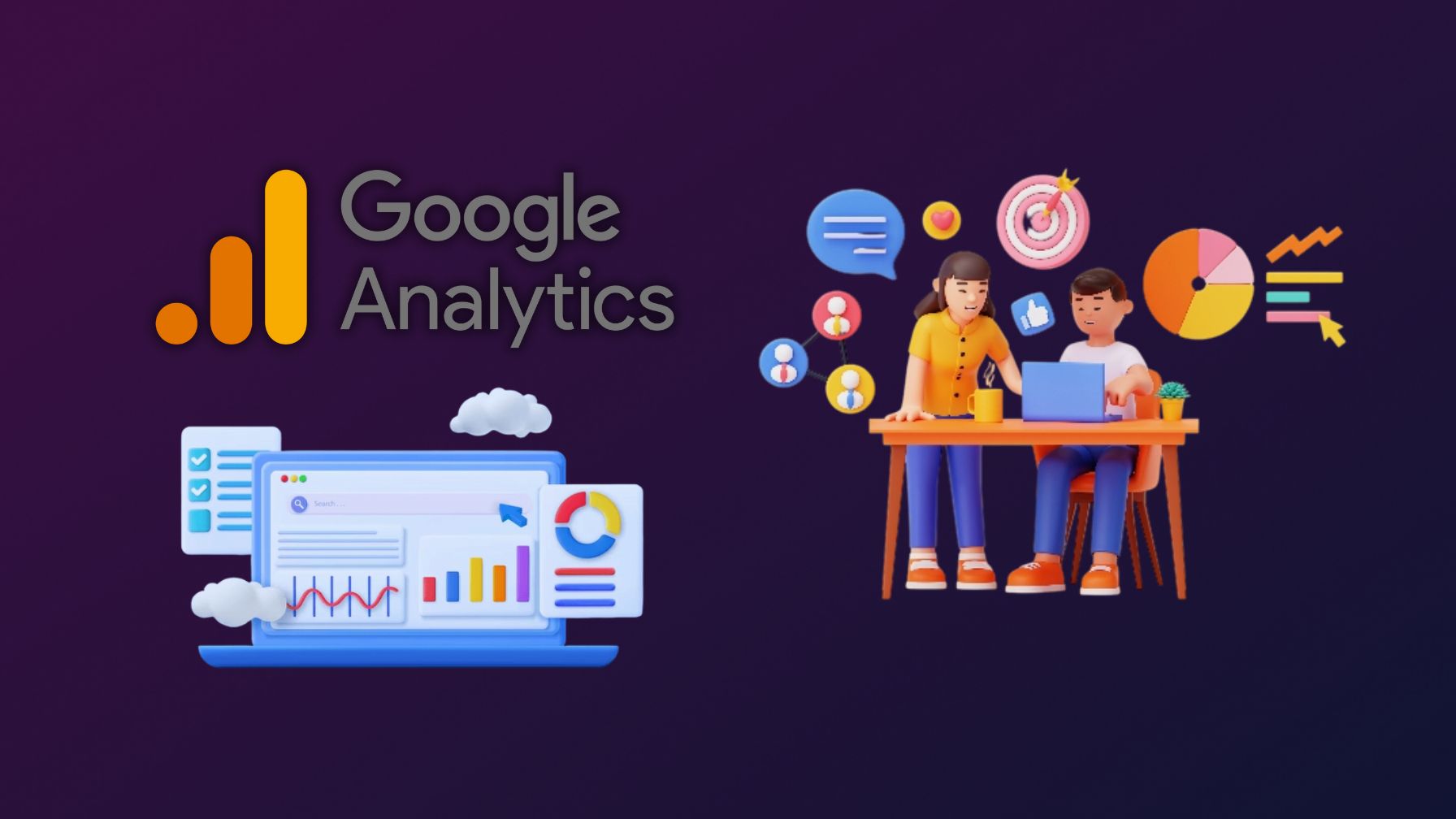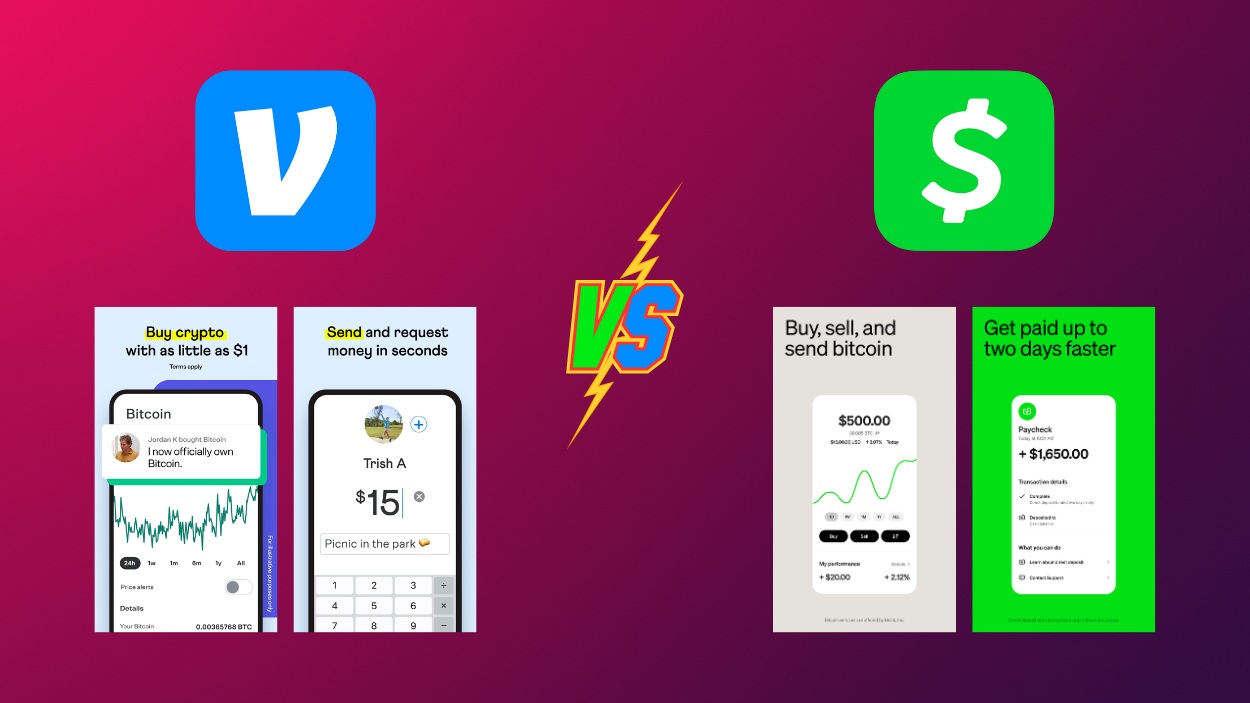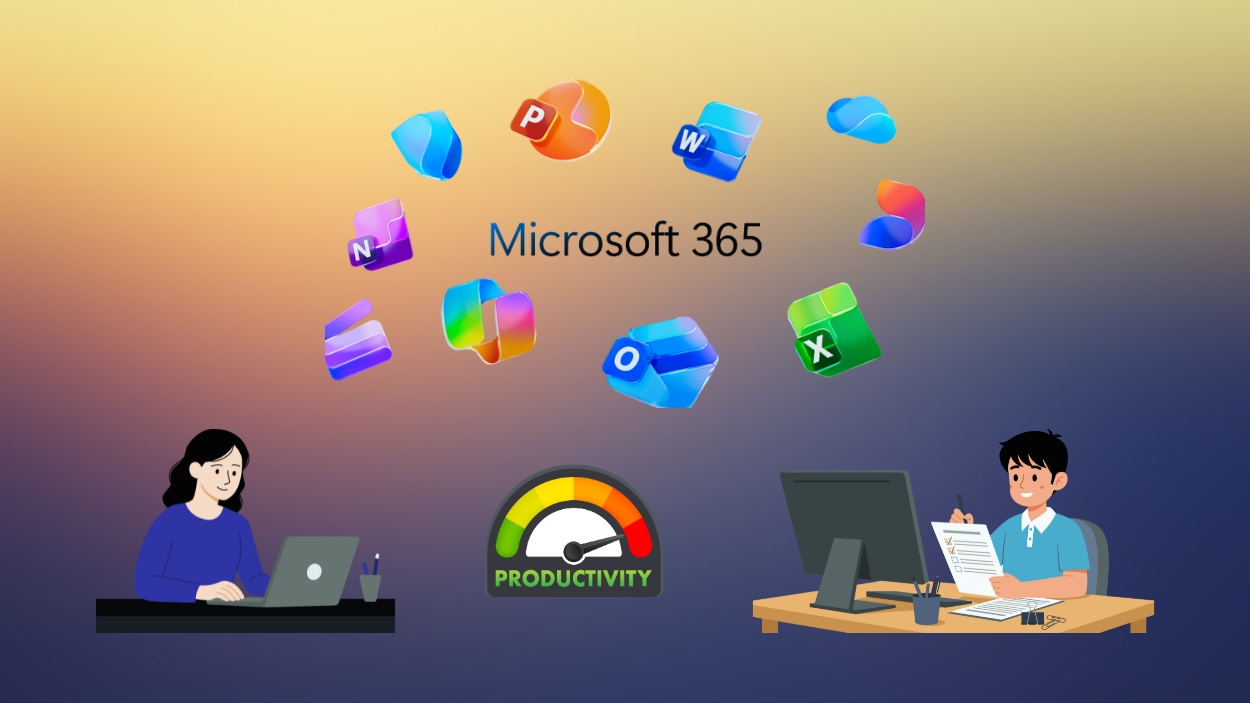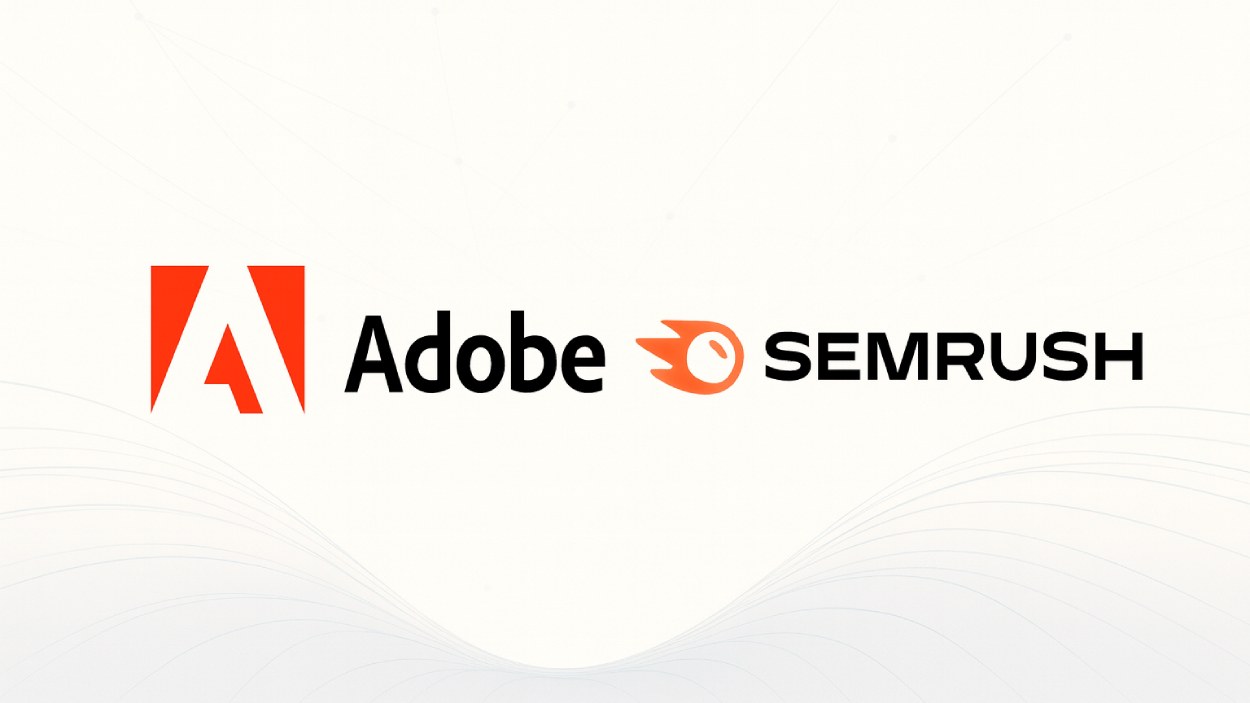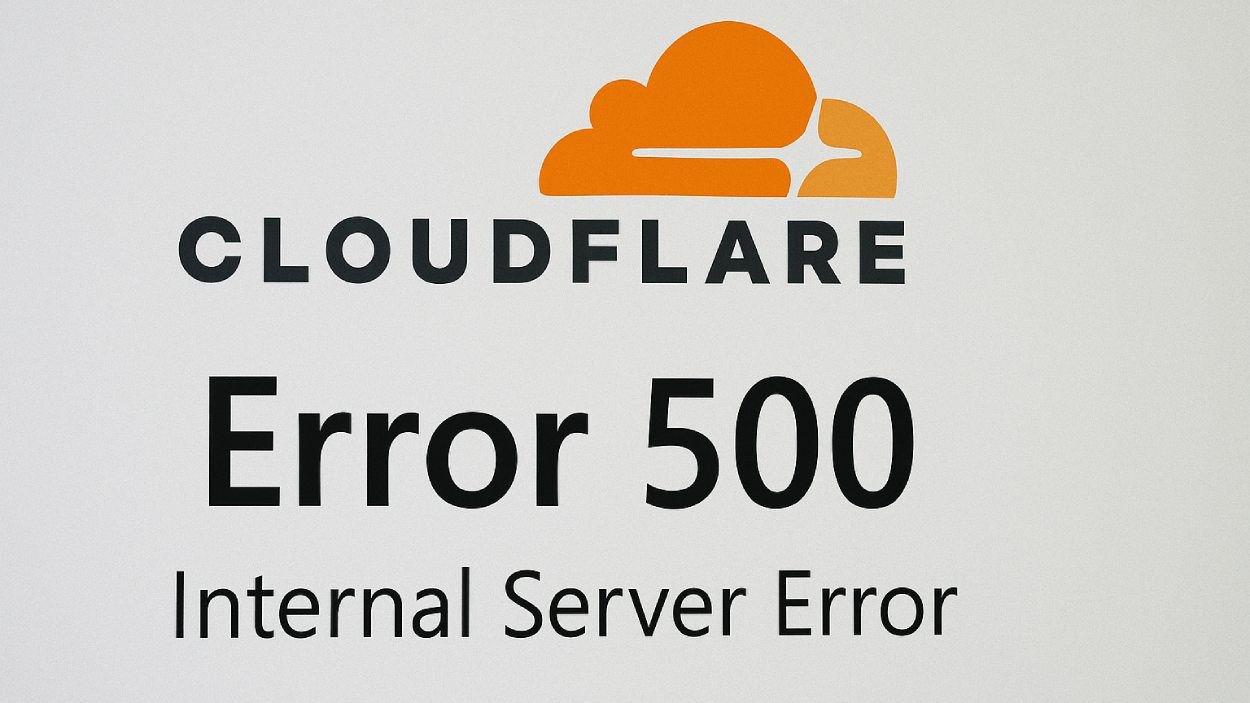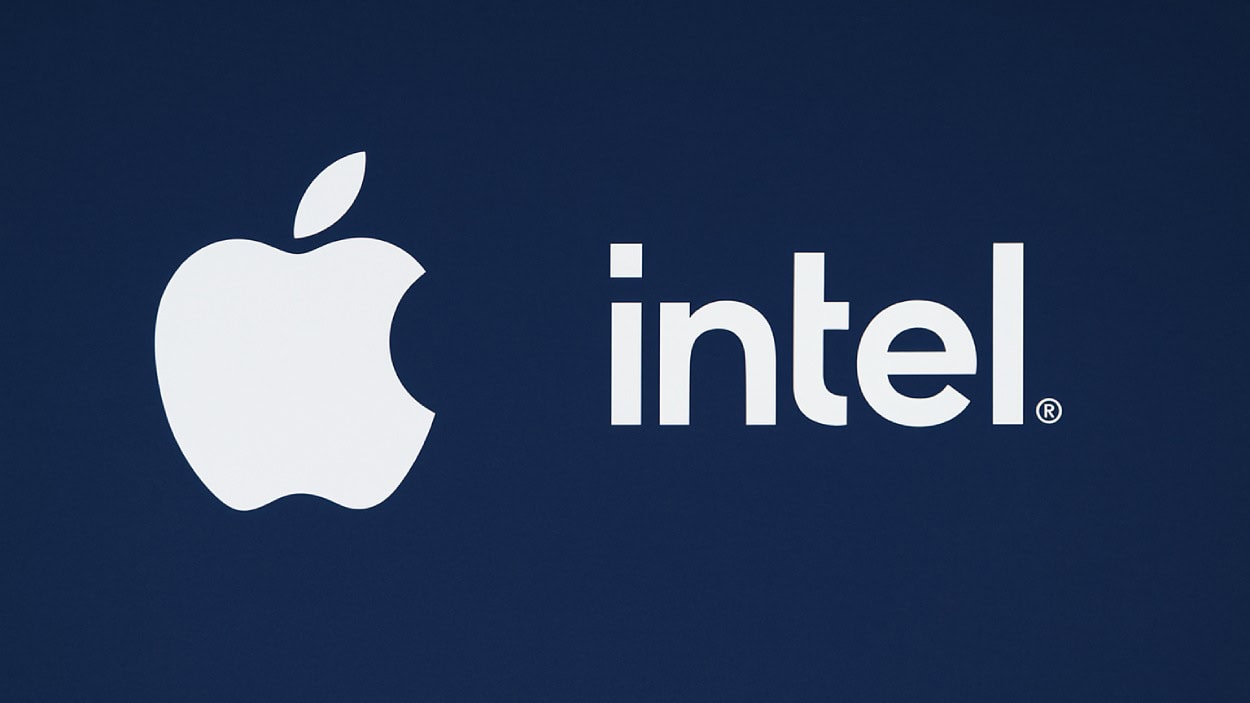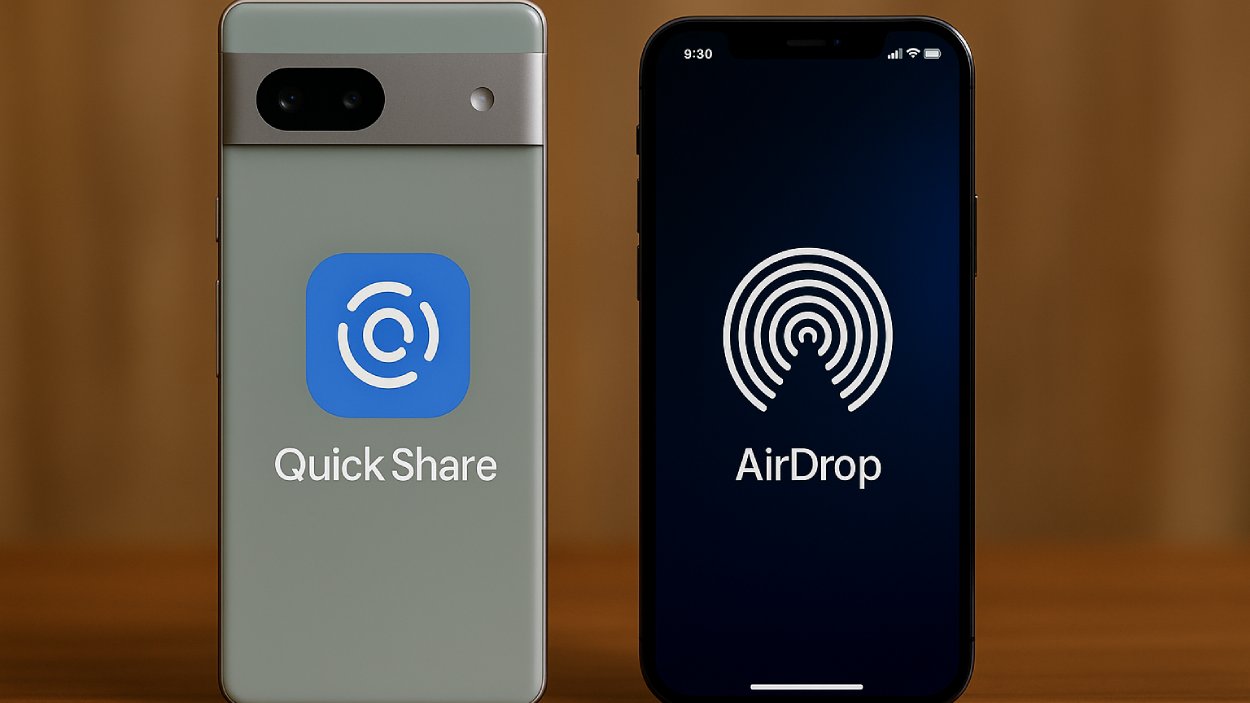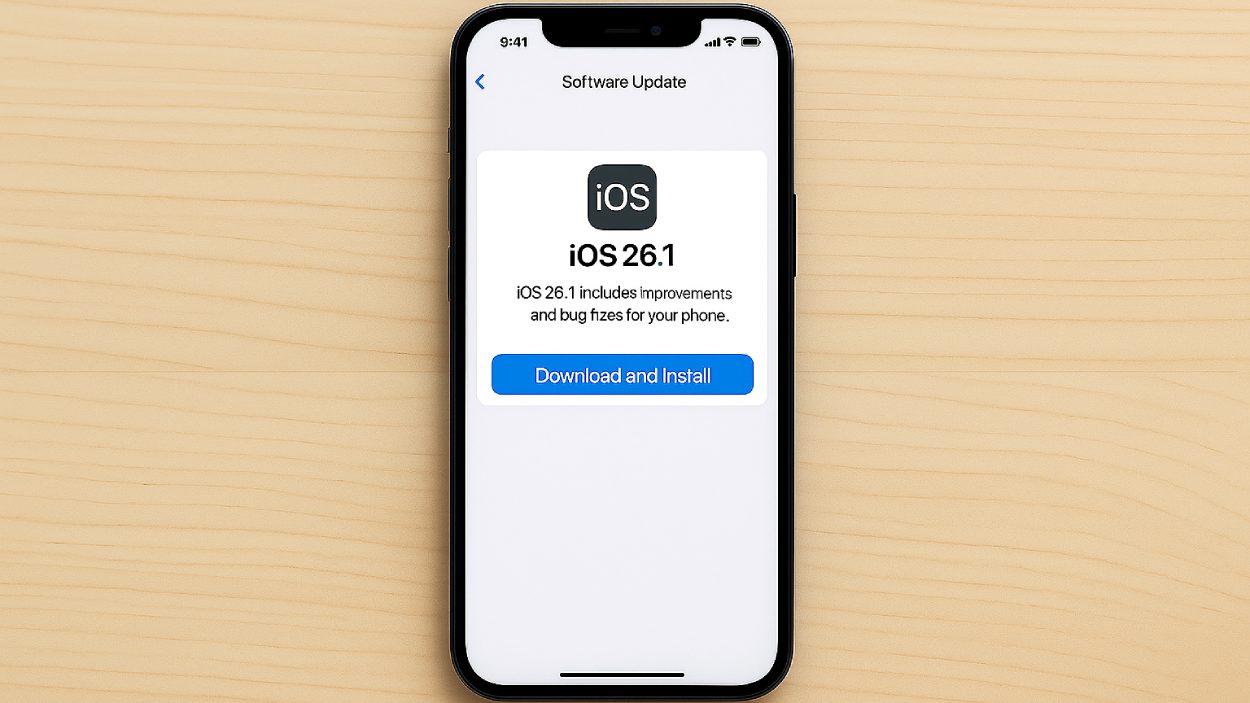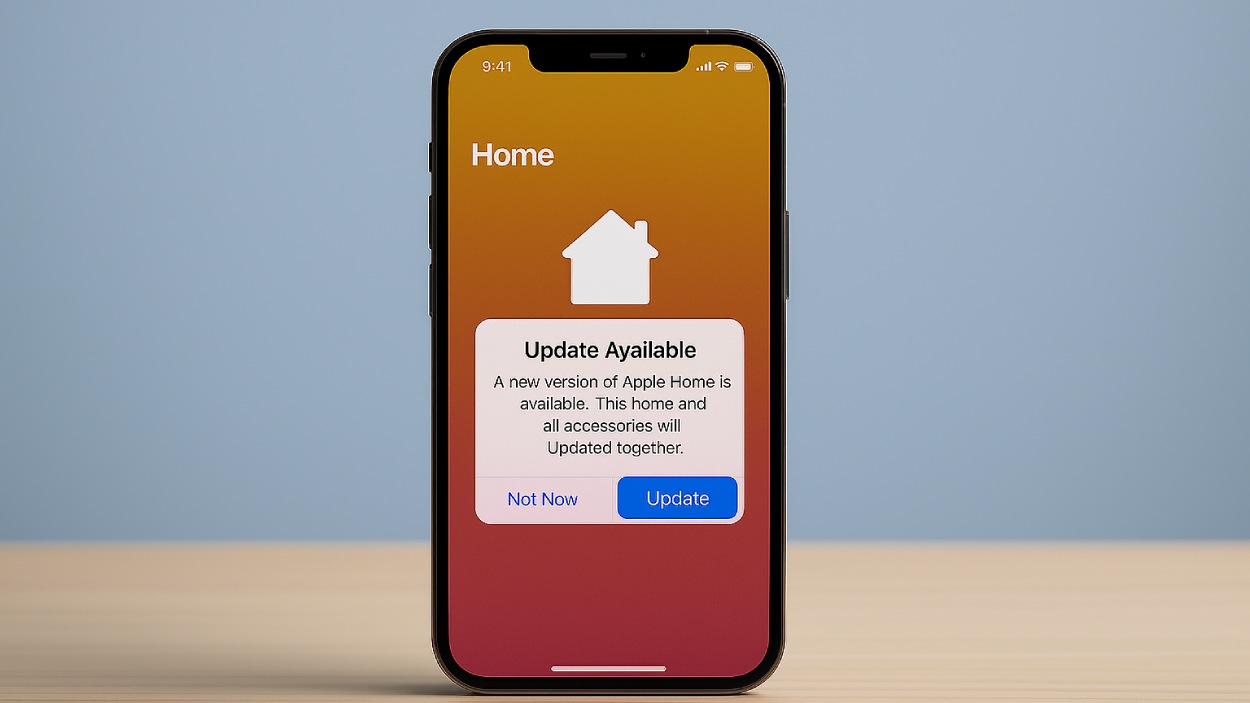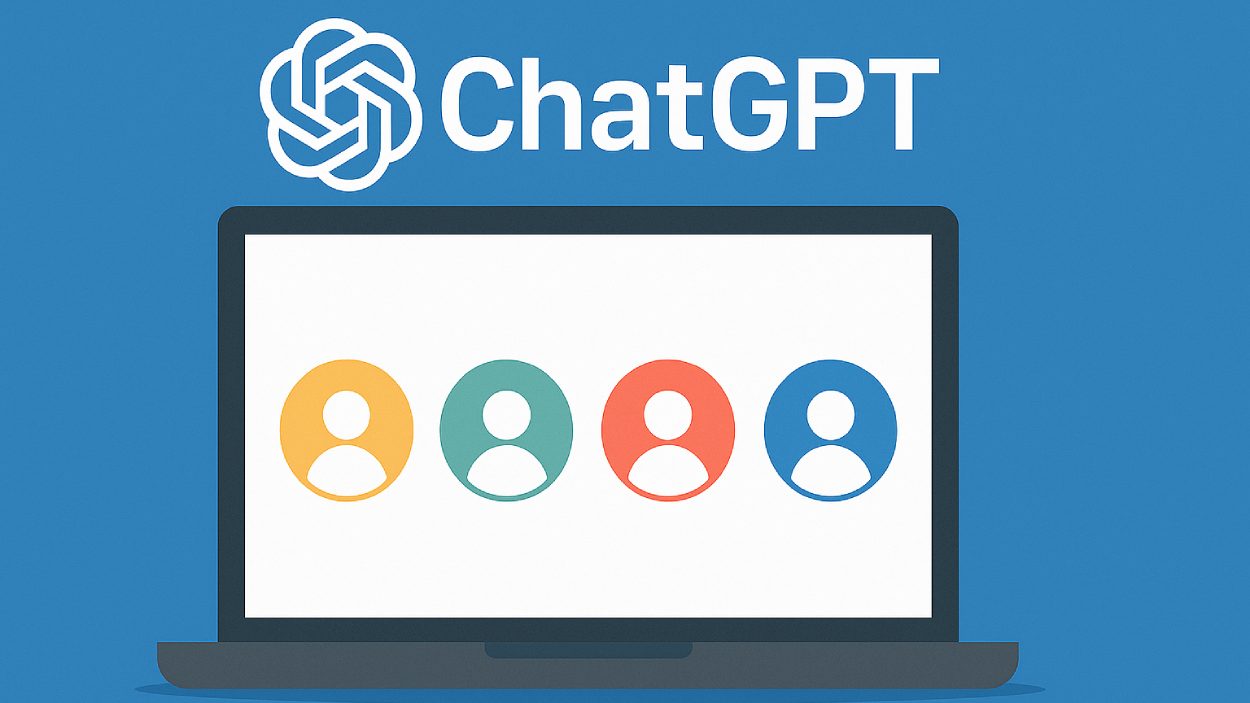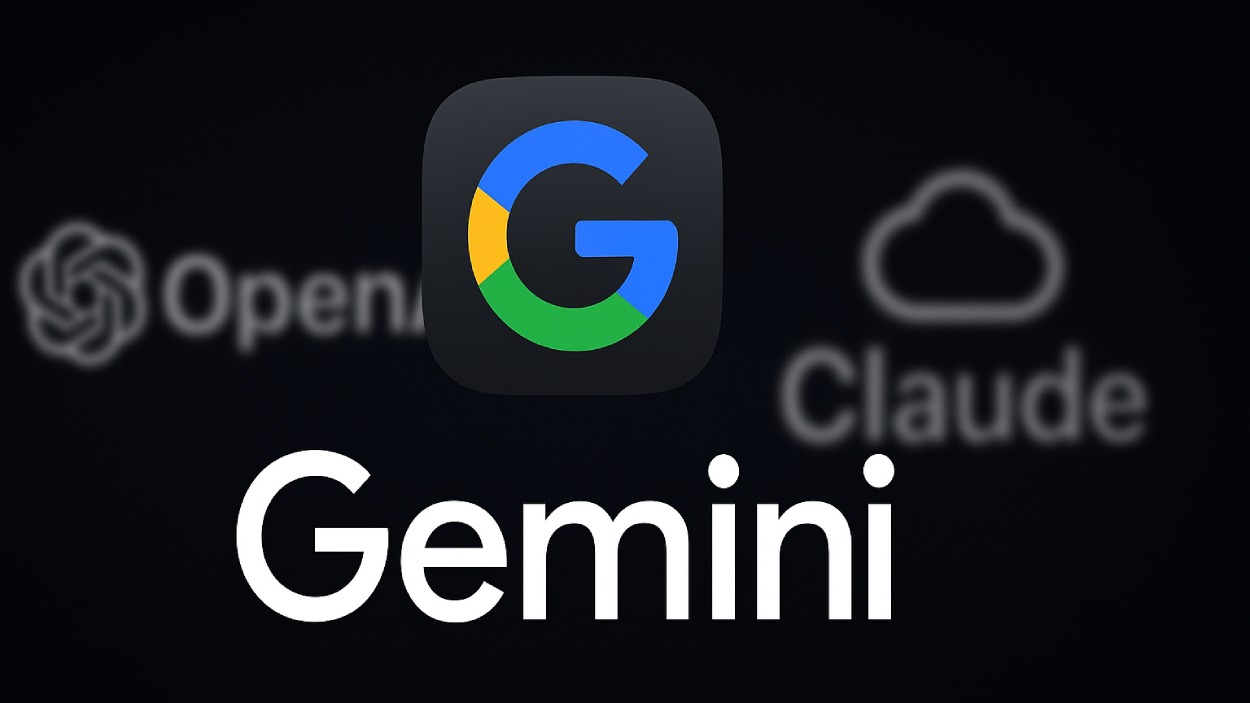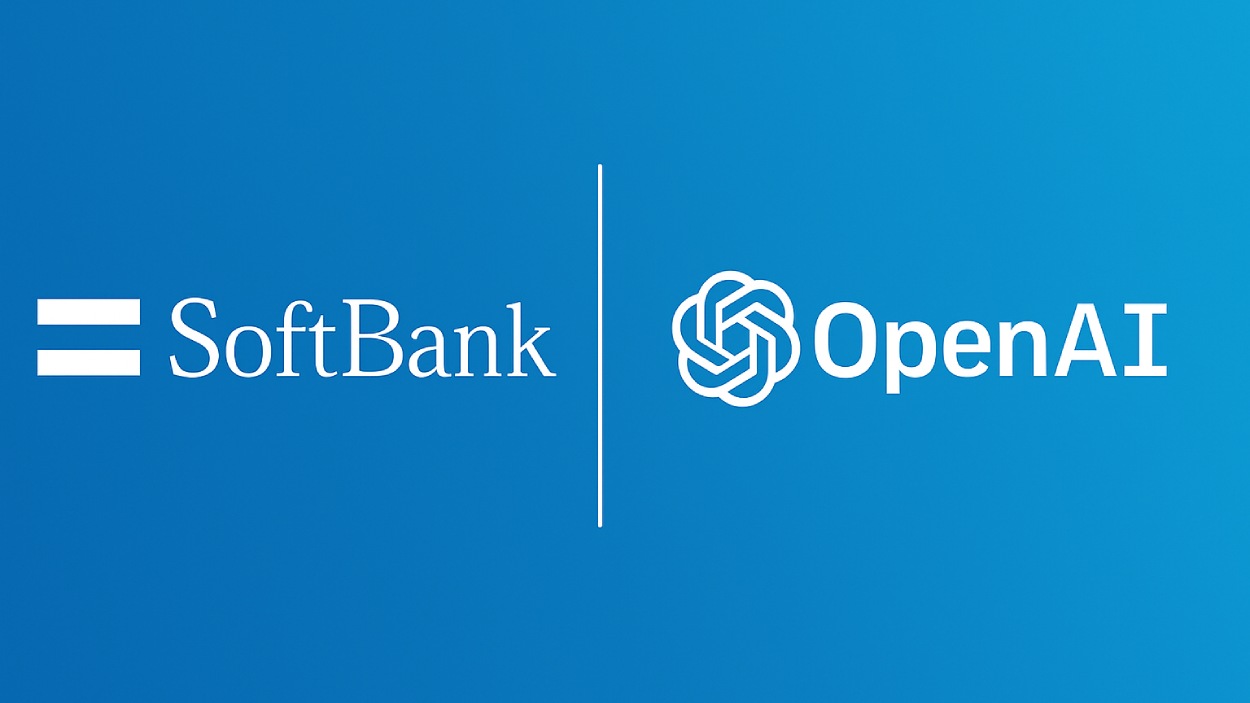Cloud storage now underpins how individuals and organizations manage files. Among these services, Google Drive remains a cornerstone, linking devices, enabling collaboration, and scaling with user needs. In education, schools use Drive to distribute assignments and feedback, and in business, teams store shared documents and real-time edits. The statistics below illustrate Drive’s reach, evolution, and where it’s heading. Let’s dive deeper.
Editor’s Choice
- Over 3 billion users across Google Workspace (of which Drive is a core component).
- Google Drive holds a 7.43% share of the file‑sharing market vs. Dropbox’s 1.94%.
- In April 2025, drive.google.com recorded ~2.4 billion visits vs. Dropbox’s 137.2 million.
- Google Workspace grabbed 44% of the office suite market share in 2024.
- 94% of companies now use cloud services in 2025.
- Projected total global cloud storage demand reaching 200 zettabytes by 2025.
Recent Developments
- In 2025, Google Drive desktop began rolling out AI-powered ransomware detection, pausing sync and restoring files if threats are detected.
- The new Gemini AI summarizes video files in Drive, extracting key points and insights automatically for users.
- The differential sync update for Google Drive desktop, launched in early 2025, means only the modified segments of a file are synced, potentially reducing data transfer by up to 50% for large files.
- The Android Drive app updated its document scanning tool with enhancements for crop/rotate, shadow removal, and file previews.
- Drive’s video playback UI now displays engagement metrics, such as how many times a video was opened or watched.
- These recent updates combine AI and performance optimization to make Drive more than just a storage solution.
- Security developments are focused on addressing ransomware threats, with AI-driven alerts and restoration options for compromised files.
- Users benefit from smarter file insights, including automated summaries and easy access to usage analytics.
Top Countries That Use Google Drive
- United States leads with a massive 43,075 thousand users, making it the clear global hub for Google Drive adoption.
- The United Kingdom ranks second with 4,256 thousand users, driven by high usage in education and small businesses.
- Canada follows closely with 3,318 thousand users, reflecting strong penetration across corporate and academic sectors.
- Brazil has 2,075 thousand users, highlighting growing adoption across Latin America.
- France records 1,694 thousand users, showcasing Europe’s steady reliance on cloud collaboration tools.
- India reaches 1,475 thousand users, supported by rapid digitalization and remote work trends.
- Australia maintains 1,412 thousand users, reflecting consistent enterprise and education-driven use.
- Germany shows 804 thousand users, emphasizing privacy-conscious but steady adoption.
- Spain logs 675 thousand users, boosted by rising small business and education sector engagement.
- Italy rounds out the top ten with 595 thousand users, showing stable but slower growth compared to peers.
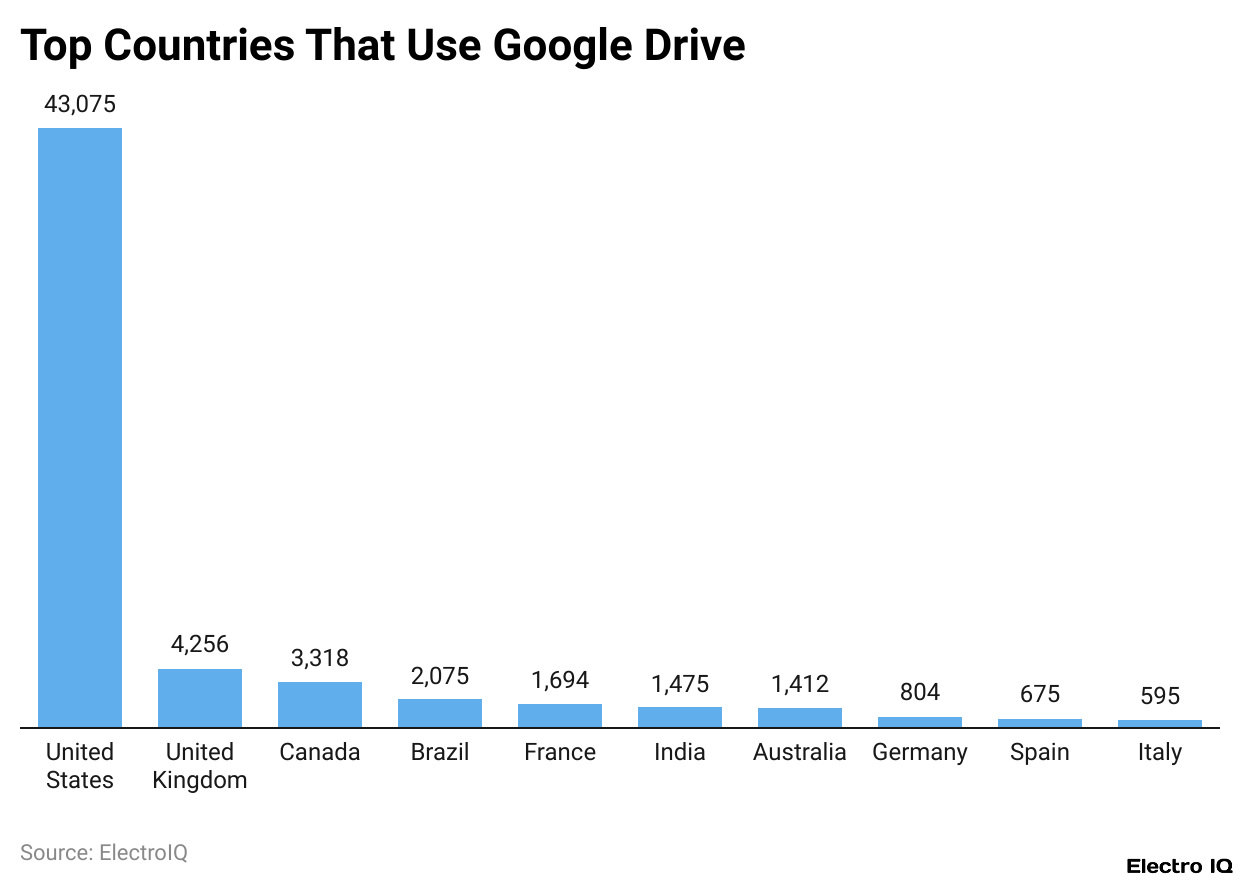
Key Google Drive Statistics
- Google Drive is estimated to have 2 billion monthly active users.
- Some reports cite over 1 billion distinct users, too.
- In 2025, there are 2.3 billion personal cloud service users globally.
- Google Drive controls ~47.4% of the cloud storage usage share in certain contexts.
- In the file‑sharing category, Drive holds 7.43%, while Dropbox sits at 1.94%.
- In April 2025, traffic, 2.4 billion visits to drive.google.com vs. 137.2 million to dropbox.com.
- Across all cloud users, 54.62% of people use three different cloud storage services.
- In cloud usage surveys, ~54% of business respondents use Google Drive among other services.
Google Drive User Base
- Google Drive’s user community spans personal, education, and enterprise segments, 2 billion monthly active users in total.
- Google Workspace is used by more than 3 billion people.
- In the U.S., 43,075 companies reportedly use Google Drive, more than in any other country.
- In the UK, 4,256 companies, Canada, 3,318, Brazil, 2,075, France, 1,694, India, 1,475.
- The education sector dominates adoption, with over 80% of U.S. higher education institutions using Google Workspace.
- Google Classroom supports more than 120 million users (students & teachers), tied into Drive usage.
- In small businesses (< 500 employees), 63% use Google Sheets (integrated via Drive).
- Enterprise adoption of Sheets rose to 42%, indirect evidence of deeper Drive use in large organizations.
Top Industries That Use Google Drive
- Education Management leads with 3,572 users, highlighting Google Drive’s strong role in schools and academic institutions.
- Information Technology and Services follows closely with 3,145 users, showing widespread adoption among tech professionals for cloud collaboration.
- Nonprofit Organizations account for 3,107 users, leveraging Drive’s free storage and sharing tools to manage operations efficiently.
- Marketing and Advertising has 2,874 users, using Drive for campaign assets, content collaboration, and client sharing.
- Computer Software comes next with 2,553 users, reflecting integration with developer and SaaS workflows.
- Higher Education uses Drive extensively, with 1,896 users across universities and colleges for research and teaching resources.
- Retail records 1,865 users, showing increased adoption for team coordination and inventory documentation.
- Hospital & Health Care sector has 1,484 users, focusing on internal document storage and compliance collaboration.
- Religious Institutions and Construction both report 1,423 users, indicating diverse but consistent use across community and field-based operations.
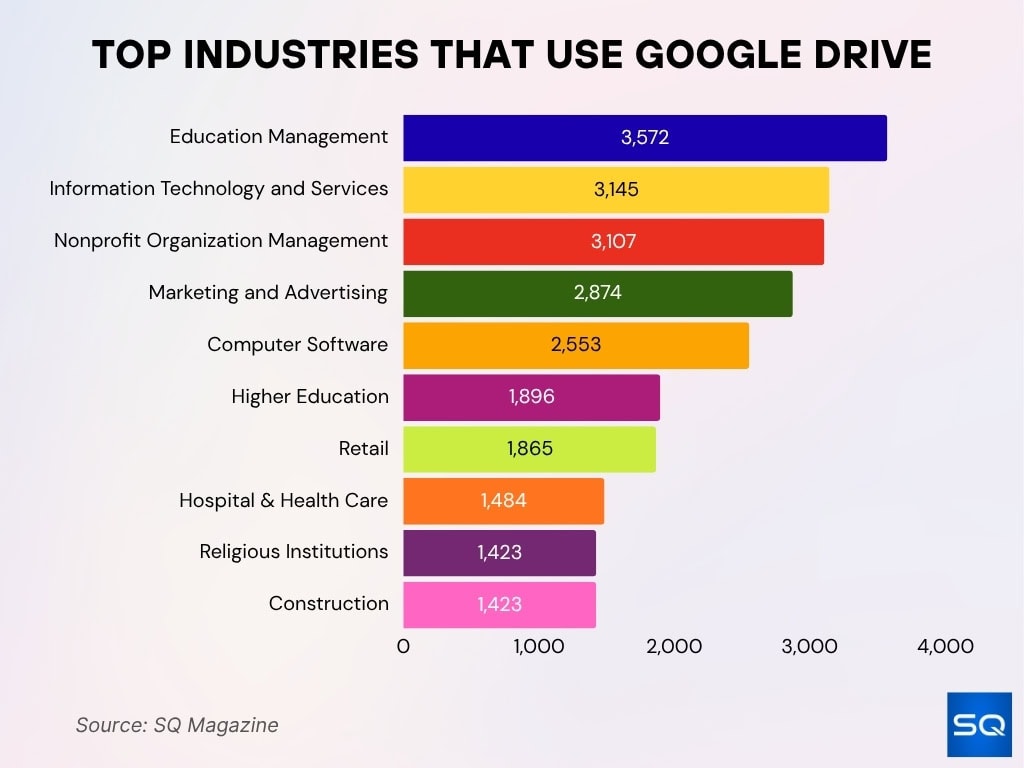
Adoption Trends
- In 2025, the global cloud storage for sharing market is expected to grow at a 9.6% CAGR from 2025 through 2033.
- More than 2.3 billion people now use personal cloud storage services.
- Among organizations adopting cloud tools, 94% now use at least one cloud service.
- In the productivity software category, Google Workspace now commands over 50.34% market share.
- Google reports 3 billion active monthly users of Workspace.
- Approximately 8 million paying business customers use Google Workspace.
- In 2024, Google One passed 100 million subscribers, and by mid‑2025, it reached 150 million.
- In usage data, Google Docs accounts for 58.9% of active time in Google’s ecosystem, while Drive itself accounts for 6.1%.
Market Share and Competitive Comparison
- Google Drive holds around 7.64% of the file‑sharing tool market.
- In the document management market, Drive’s share is approximately 7.79%.
- Some sources claim Drive’s share of “file sharing” is closer to 30.51%.
- Cloud storage comparison, Google Drive was said to hold a 31.19% share.
- In the infrastructure cloud, Google Cloud Platform (GCP) holds ~12% market share.
- Google Cloud overall accounts for ~10% of the global cloud platform market in some analyses.
- Google Workspace was named a Leader in UCaaS in 2025 by Forrester.
- Within the productivity software space, Drive benefits from a 50.34% market share vs. 45.46% for Microsoft Office 365.
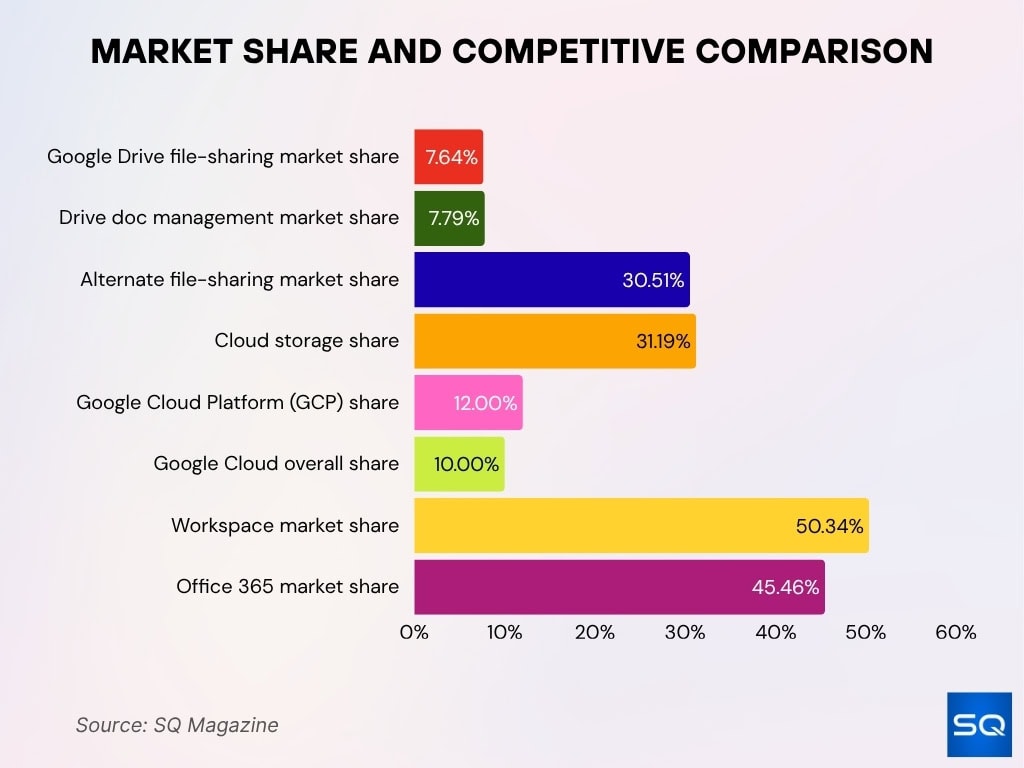
Storage Capacity and File Types
- Google Drive offers 15 GB free storage shared among Drive, Gmail, and Google Photos.
- Paid plans extend storage to 100 GB, 2 TB, and up to 30 TB for heavy users.
- Users may upload files up to 5 TB in size (non‑converted formats).
- Google Docs usage dominates within Drive; Docs accounts for ~58.9% of active use time.
- File types supported include: .doc, .docx, .xls, .xlsx, .ppt, .pptx, PDFs, images (JPEG, PNG, WEBP), videos (MP4, MOV, WebM, etc.), audio (MP3, WAV), archives (ZIP, RAR), code & markup files (HTML, CSS, JS, etc.).
- The average company using Drive stores over 100 types of data fields.
- Drive leads in “page views” over Box and Dropbox in certain benchmarks.
- Over 1 billion users globally use Google Drive.
Features Overview and Integration with Google Workspace
- Google Drive is integrated as the storage backbone for over 3 billion Google Workspace users monthly.
- The Workspace Marketplace features access to over 5,000 third-party apps, all seamlessly connectable with Google Drive.
- Drive offers offline file access on both desktop and mobile, allowing work with or without an internet connection.
- Ransomware detection and mitigation features were added to Drive in 2025 to improve security for all users.
- Drive’s collaborative tools allow real-time editing, commenting, and @mentions, supporting distributed teams across multiple time zones.
- A 2025 academic study rated Workspace’s collaboration features as “Very Effective” with a mean score of 4.61 out of 5.
Pricing and Plans
- Every Google account gets 15 GB of free storage, shared across services.
- Google One tiers, $1.99/month for 100 GB, $9.99/month for 2 TB.
- 200 GB plans (~$2.99) exist as intermediate steps.
- Business Starter, ~$6 for 30 GB.
- Business Standard, ~$12 for 2 TB pooled.
- Business Plus, ~$18 for 5 TB + advanced tools.
- Enterprise, custom, “as much storage as you need”.
- Google One’s subscriber base crossed 100 million users.
- Workspace plans include extras beyond storage.
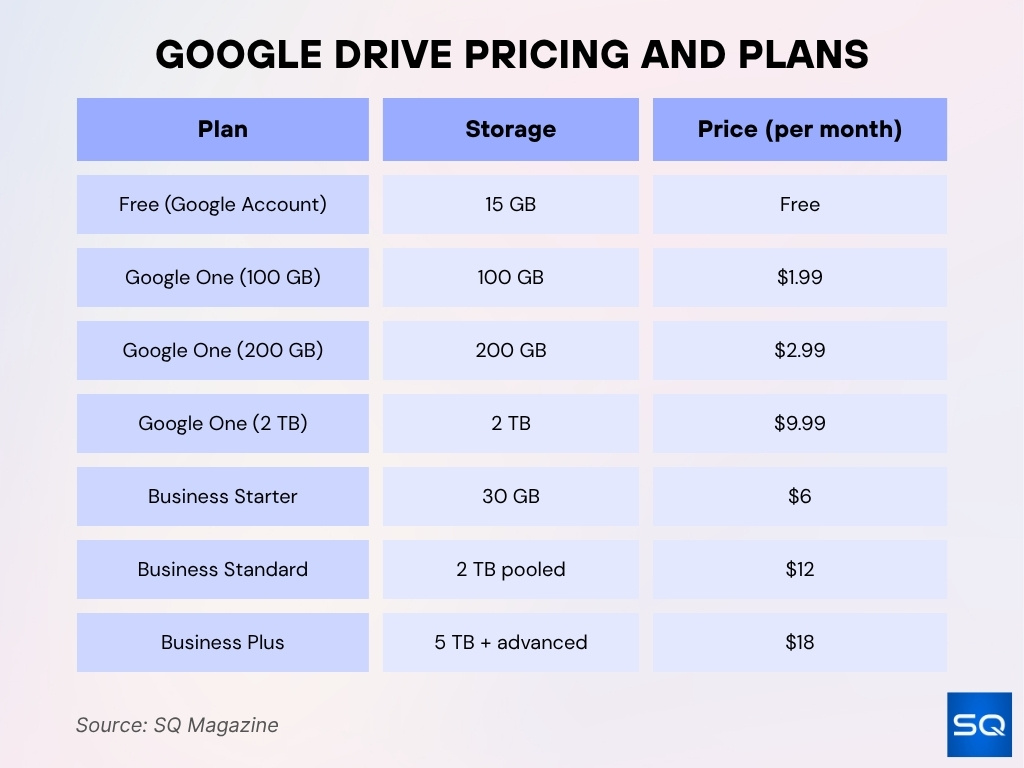
File Sharing and Syncing
- Google Drive’s file sharing and syncing scored 90% (“Excellent”) in independent performance tests.
- More than 1.8 billion active users synced files monthly across Google Drive in 2025.
- File sharing via email or link is used by over 75% of Drive users for collaborative projects.
- Desktop supports one-way sync and limited folder selection, but does not offer full block-level sync for all files.
- Dropbox’s block-level sync processes incremental edits up to 40% faster than Google Drive for very large files.
- Drive storage consumption rose to 700 PB in 2025, much of it due to shared and synced
Security and Privacy
- Google Drive encrypts data at rest (AES‑256) and in transit (TLS).
- Two‑factor authentication (2FA) is supported for Google accounts.
- Google does not provide end‑to‑end (zero‑knowledge) encryption by default.
- Privacy is the biggest critique; data may be scanned by Google.
- All activity is subject to Google’s compliance rules when enabled by administrators.
- In a 2024 backup statistics survey, 35% of respondents cited data breaches as their top concern.
- Collaborator permissions can introduce ~39% more privacy risk.
- Google Drive introduced a spam filtering folder for unwanted sharing invitations.
- Detection systems now flag abnormal file behavior or mass deletions as possible ransomware attacks.
Speed and Performance
- In tests, Drive achieved “lightning-fast” uploads, ranking second.
- Download performance was strong but slightly behind uploads.
- For a 5 GB folder over 100 Mbps, upload ~7:09, download ~7:25.
- Large files may take longer to sync due to full file reupload.
- Latency is low, supporting real-time collaboration.
- Performance can vary by region, network congestion, or server load.
- Google’s infrastructure ensures redundancy and fast response.
- Observers rate Drive’s syncing speed among top contenders.
Mobile and Desktop Accessibility
- Google Drive app was downloaded over 4.82 million times in July 2024, ranking as a top cloud storage app globally.
- Official apps exist for Android, iOS, Windows, macOS, and web, ensuring universal platform coverage.
- Drive’s OCR scans are available in 200+ languages for text extraction from images and PDFs.
- Google Drive maintains 47.4% cloud storage market share, partly due to its broad accessibility options.
Customer Support and Resources
- Google Drive features a self-service Help Center with over 4,000 articles covering usage, troubleshooting, and updates.
- Workspace customers receive 24/7 support by phone, email, or chat, a benefit included in paid plans only.
- Community forums involve more than 300,000 members sharing advice and solving common issues together.
- Google’s status dashboard is updated in real-time and covers over 20 Workspace services, including Drive.
- Google Drive maintains and publishes weekly change logs and release notes to keep users informed on feature updates.
- There are over 500 certified third-party add-ons and training solutions available for Drive in the Google Workspace Marketplace.
Frequently Asked Questions (FAQs)
2 billion monthly active users.
About 7.42% share in the file‑sharing market.
2.4 billion visits to drive.google.com vs. 137.2 million to dropbox.com.
58.9% of active time is Google Docs, and 6.1% is Google Drive.
Conclusion
Google Drive today remains a cornerstone of cloud storage and productivity, balancing ease of use with deep integrations across Google’s ecosystem. Its real-time collaboration, robust mobile/desktop access, and broad support options make it a compelling choice for individuals, educators, and businesses. That said, trade‑offs exist, performance lags with very large files, and privacy concerns persist due to a lack of default end‑to‑end encryption.
Organizations and power users should weigh their priorities, collaboration, and convenience vs ultimate privacy and speed, when choosing Drive or complementing it with other tools.






